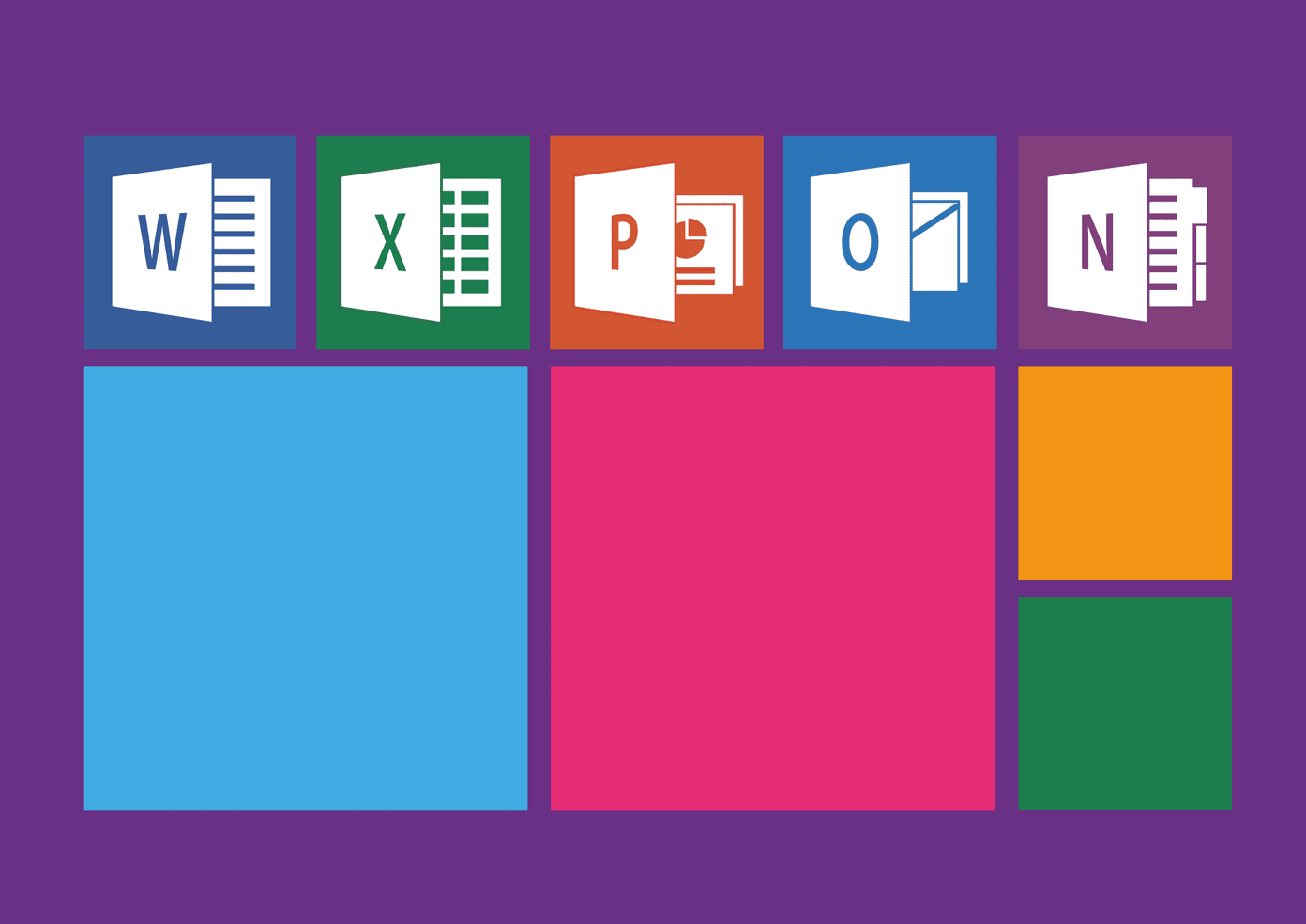HTML (Hypertext Markup Language) is the building block of the web. Everything from simple email to Facebook is built around HTML code. The standardized form of HTML that has been with us is version 4. But the changing nature of how we interact on the web has brought a change. (Image courtesy josef dunne) HTML5 brings improvements that enable web developers and designers better handle web applications and multimedia. Rich interactivity is the way we are taking these days and the changes introduced in HTML5 show the way. But while we look at HTML5 let’s remember that the latest form of the markup language is still evolving, and there’s still ground to be covered.
A Quick Peek into HTML5 and How It Helps Us
If you are beginning to learn how to code for the web, throw away the old baggage; because, HTML5 gives you the tools to be more creative with web content.
- Earlier, rich interactivity meant using plug-ins like Flash, Silverlight, or linking to external video and audio. HTML5 introduces new elements like,, andthat help you add these contents with just a simple tag. For instance, theelement allows you to create a drawing space coded with JavaScript on your webpages. You can also use it to display interactive graphs or other interesting graphics – all on the fly. No plugins like Flash or QuickTime necessary. Check out the YouTube HTML5 Video Player too.
- Not only audio and video, you can code a webpage so that it lets you drag and drop easily. The best place to see this is in Gmail which allows you to drop attachments in an email.
- You can go offline thanks to HTML5. HTML5 allows you to store web files to be stored offline so you can work on them without an internet connection. Try out Offline Gmail to experience it.
- HTML5 has a new attribute which makes content editable. Easy to-do list apps take advantage of this allowing for local storage of your to-do list also. Try dooity.
- HTML5 could soon allow built in form validation without relying on JavaScript. HTML 5 supports all the standard form input types and brings a few new ones like “email” and “time”. These are just a few of the changes on the anvil. The HTML5 specs are quite detailed and beyond the scope of this introductory article. Here are a few resources which can help you understand HTML5 better:
Dive Into HTML5HTML5RocksHTML5 GalleryWTF HTML5
HTML5 has already come in some form latest browsers we are using today as the standard continues to evolve. iPad has done away with Flash and instead is on HTML5. The adoption of the HTML5 web standard is changing the landscape of the web and the way we browse it. The above article may contain affiliate links which help support Guiding Tech. However, it does not affect our editorial integrity. The content remains unbiased and authentic.











